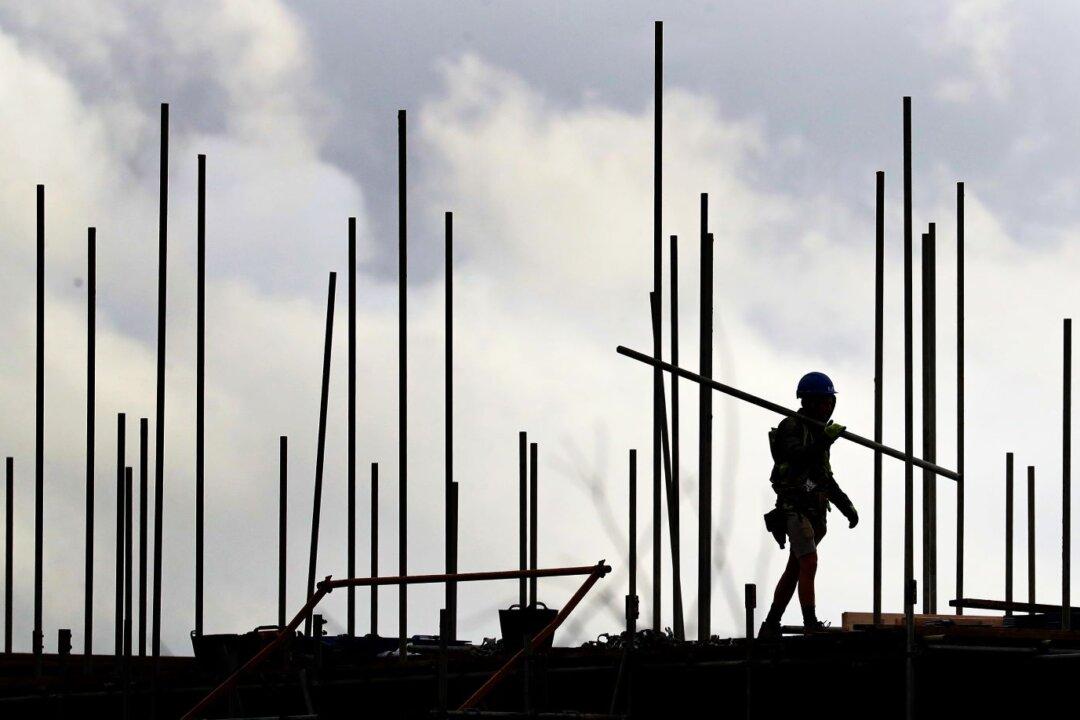There is widespread agreement Britain faces a housing crisis and 49 percent of people aged 18–24 support building on green belt land, considerably higher than the national average, according to an opinion poll commissioned by the Adam Smith Institute.
Earlier this year the Labour Party signalled its willingness to build on green belt land around the major cities in England. Last month Sir Keir Starmer promised to build 1.5 million homes if Labour win the general election, and said he planned a series of new towns, similar to those constructed after the Second World War.





